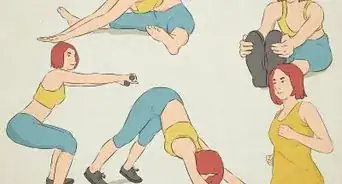This article was co-authored by Bridgette Borzillo. Bridgette Borzillo is an Artistic Director, Dance Instructor, and the Owner of CaZo Dance Theatre based in Mesa, Arizona. With more than 14 years of dance choreography and performance experience, she specializes in teaching ballroom dance, modern and contemporary dance, and aerial fitness. Through her kinesthetic dance company, Bridgette aims to tell impactful stories through a variety of dance styles. She holds a BFA in Dance Choreography from Arizona State University.
There are 7 references cited in this article, which can be found at the bottom of the page.
This article has been viewed 156,874 times.
Aerial silks, also called tissue, began in the circus, but it's now available at camps, dance studios, even clubs. Aerial silks is a performing art in which there is a long piece of fabric hung from the ceiling or another mount by a hook.[1] Beginners can practice basic moves at home once they've learned them in a class.
Steps
Preparing for Aerial Silks
-
1Exercise to get in shape. Any physical activity, including cardio, will help to get you in shape for your first lesson. Aerial work targets the upper body and core, so focusing on those areas will help to get your ready and prevent injury. Try leg lifts, pull-ups, and horizontal rows. Invest in an at-home pull up/chin-up bar that you can practice on. It will improve your strength for climbing and holding yourself up in the future.
-
2Find a qualified teacher. No one should learn aerial silks on their own. It's extremely dangerous, and you could get seriously injured. The below steps should only be used to refresh your memory and practice in conjunction with a class.
- It is best to start with an aerial hammock class because that is the easiest way to learn. A hammock is a single piece of silky fabric and provides you with a safety net with the silk behind your back.[2]
Advertisement -
3Stretch[3] . Aerial silks use your muscles extensively. You want to have them stretched sufficiently before each class and practice session.[4] Not only should you warm up your shoulders, arms and hamstrings, but it's also important to stretch out your hands. When stretching, also work on your straddle. You'll need this for future reference. [5] .
- Start your warm-up exercises with basic calisthenics, including jumping jacks, jogging in place, push-ups, and crunches
- Take your muscles through their typical range of motion with stretching exercises such as arm, shoulder, and neck circles, rolling your spine up and down, shaking out fingers and wrists, up-dog, down-dog, and the electric slide.
- You can even take an aerial yoga class.[6]
Learning Basic Moves
-
1Climb the silks.[7] Take the silk in both of your hands and wrap your strong-sided lower leg once around the silk.
-
2Pull up with your arms and place your free leg on top of your wrapped foot. This is called a French Climb. Climbing is first and probably the most difficult trick for a beginner since the body is probably not used to such actions. But with the passage of time, it becomes easier to climb the silk.
- When you are pulling the silk, your arm should be sturdy and firm. Your grip on the silk should be stable so that you can concentrate on the movement of your lower limbs.
-
3Put your free foot on top of the silk. That way it won't slip, and you're not supporting yourself with just your arms. This requires a lot of practice and stamina because it also involves your mental strength.
-
4Stand up and continue climbing until you've reached your desired height. You will want to remain near the ground until you've mastered the techniques.
-
5Learn the single foot lock.The basic move is easier to practice on the ground. Wrap your lower leg around the silk as if you were going to climb. Pull some slack out of the silk from about mid-shin, and bring under your foot starting by your pinkie toe so it looks like you're wearing a shoe. Your toes and heel should not be in the silk.
-
6Climb down carefully. When coming down from a climb, walk yourself down slowly, hand over hand. If you slide down, you'll get painful second-degree burns on the top of your feet. Also, don't let go until you're at least only a foot off the ground.
Learning the Ships Lady
-
1Tie yourself in either from the ground or from a climb. Separate the silks. Because the silk is hung from its middle, it hangs down with two separate pieces. When you're tied in, it looks like one.[8]
-
2Separate the two silks so you have two clearly visible pieces. Grip the separate silks so your elbows are level with the top of your head.
-
3Lean forward through the silks, so your body is in front of them. Either extend your free leg in front of you, or bring it up to your knee in a passe. Try to make it look as pretty as possible.
Learning the Half-Moon
-
1Begin with a single foot lock. You can perform the half-moon from a climb or on the ground.
-
2Separate the silks. Turn sideways and put your free foot directly in front of you so it pushes against one of the silks.
-
3Lean against the other silk and grip it above your head. Once you feel confident enough you can let go.
Learning the Half-Buddha
-
1Separate the silks. Next swing your upper body through so that the silks make a V down your torso.[9]
-
2Squat down so your knees point outward. It's easier to do this move from a climb instead of from on the ground.
-
3Lean forward, and gravity will pull you upside down. This is a very relaxing move.
- Flipping upside down makes the Half-Buddha more dangerous than the others, so make sure you're ready and be careful.
Learning the Pegasus
-
1Separate the silks and put your free leg through them so that it's in front of you. It's easiest to transition to the back walk-over from a climb.[10]
-
2Slide your hands down around your hips. Lean backwards and split as much as you can. The lower you place your hands, the further upside-down you will go.
-
3Practice caution when performing the Pegasus. The move is the most dangerous because you go upside-down, but you must also be careful and not fall on your head.
Community Q&A
-
QuestionHow long will it take to learn these skills?
 Community AnswerIf you have previous experience with aerial tricks of any kind, then it shouldn't take long. However, if you're new to aerials or you don't have a strong core, it will likely take several months of consistent practice.
Community AnswerIf you have previous experience with aerial tricks of any kind, then it shouldn't take long. However, if you're new to aerials or you don't have a strong core, it will likely take several months of consistent practice. -
QuestionHow much room do I need to do silks?
 Community AnswerYou don't need a whole lot of room. You just need enough room so that your head won't hit the wall if you're swinging back and forth.
Community AnswerYou don't need a whole lot of room. You just need enough room so that your head won't hit the wall if you're swinging back and forth. -
QuestionHow tall does the ceiling need to be to mount my silks? What bolts are suggested in a large room with 20-feet ceilings? Do I need wrestling mats over my carpet for safety?
 Tom De BackerTop AnswererEvery time I've seen silks, the ceiling was more than 30 feet high. But you can hang silks at any ceiling, you just can't do much under low ceilings. If you're not sure how to attach your silks, consult the manufacturer of every piece of hardware you use. Check the ceiling, too. You may have industrial-grade bolts, but if your ceiling is low-grade brittle concrete, you'll still fall. Above a certain height, no matter how many mats you put down, you'll still get hurt. Use the mats you feel safe with, but don't go higher than your comfort zone.
Tom De BackerTop AnswererEvery time I've seen silks, the ceiling was more than 30 feet high. But you can hang silks at any ceiling, you just can't do much under low ceilings. If you're not sure how to attach your silks, consult the manufacturer of every piece of hardware you use. Check the ceiling, too. You may have industrial-grade bolts, but if your ceiling is low-grade brittle concrete, you'll still fall. Above a certain height, no matter how many mats you put down, you'll still get hurt. Use the mats you feel safe with, but don't go higher than your comfort zone.
Warnings
- Avoid cramping by stretching your muscles deeply following aerial silks practice or shows.⧼thumbs_response⧽
- Never attempt to rig your own silks, especially from a tree. Drops and flips in silks can generate forces many times more powerful than your body weight, and you need a professional to help determine if a rig point is safe and set up correctly. If your rig point fails and you fall, you could be hurt or even killed.⧼thumbs_response⧽
- When you are doing drops, the higher you go the better, so you don't hit the ground.⧼thumbs_response⧽
- Aerial silks are extremely dangerous. Injury is common for the shoulders, arms, ankles, and wrists.⧼thumbs_response⧽
References
- ↑ https://aerialsilk.wordpress.com/
- ↑ Bridgette Borzillo. Dance Instructor & Artistic Director. Expert Interview. 10 September 2021.
- ↑ https://www.youtube.com/watch?v=z7kynwANA1Q
- ↑ Bridgette Borzillo. Dance Instructor & Artistic Director. Expert Interview. 10 September 2021.
- ↑ https://www.youtube.com/watch?v=VKiVGjk9i98
- ↑ Bridgette Borzillo. Dance Instructor & Artistic Director. Expert Interview. 10 September 2021.
- ↑ https://aerialsilk.wordpress.com/
- ↑ http://aerialwiki.iamcolorful.com/index.php?title=Aerial_Silks:Stag
- ↑ http://aerialwiki.iamcolorful.com/index.php?title=Aerial_Silks:Half_Buddha
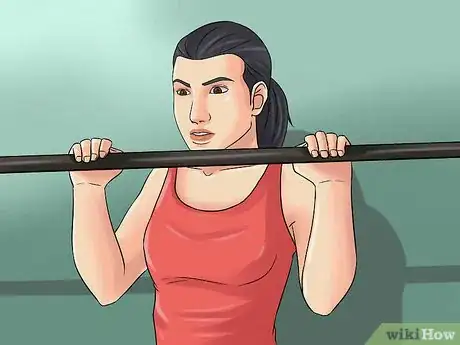
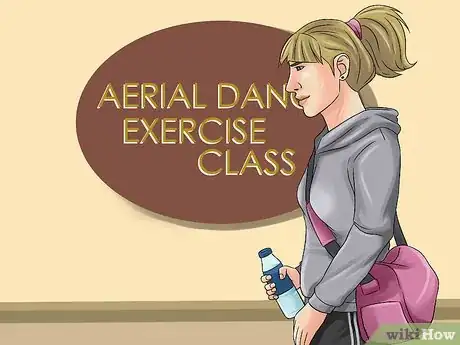

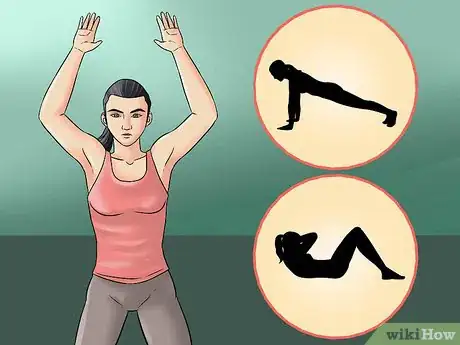
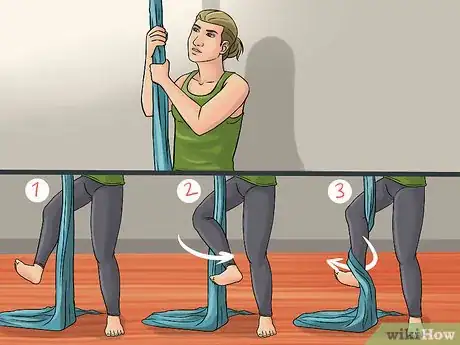
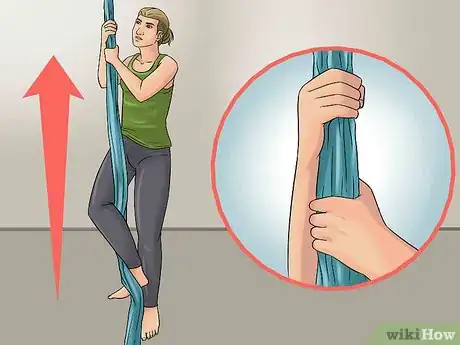
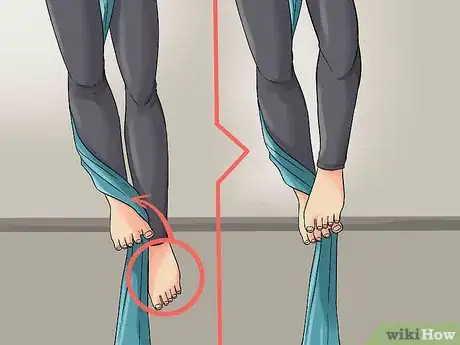
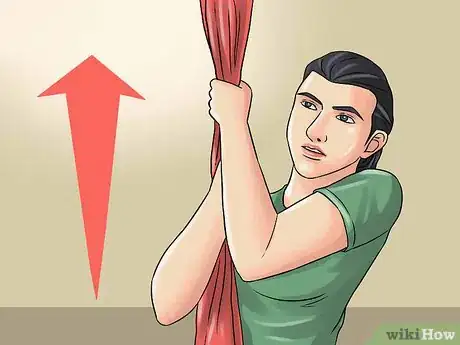
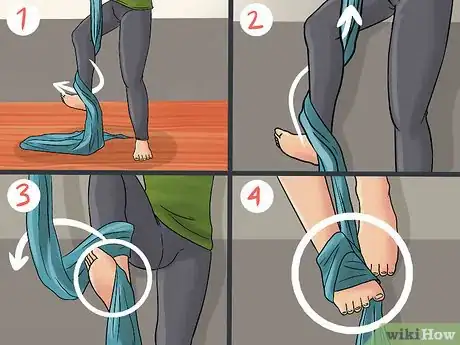
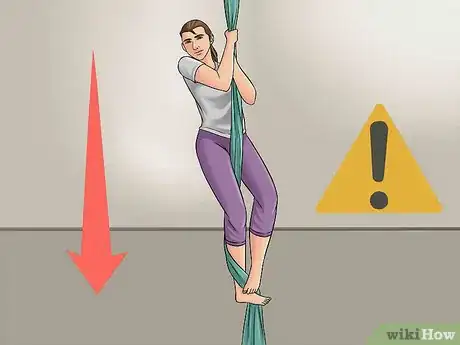
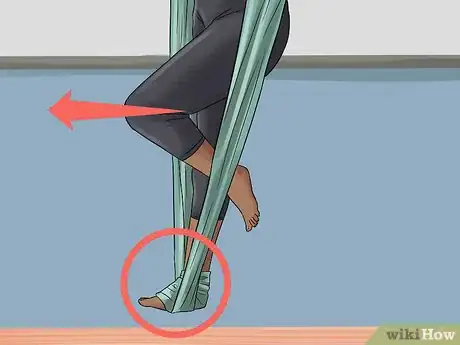
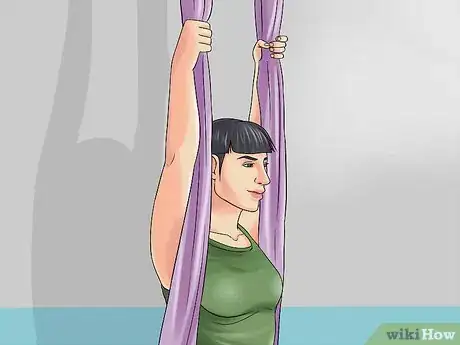
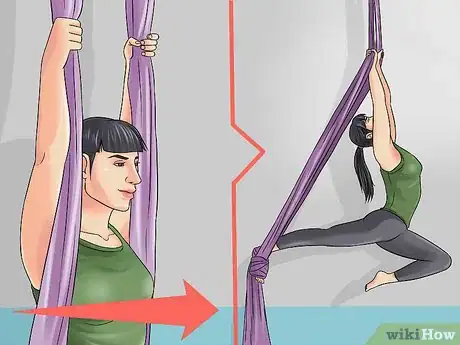


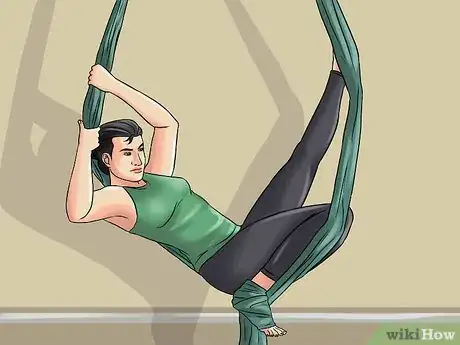
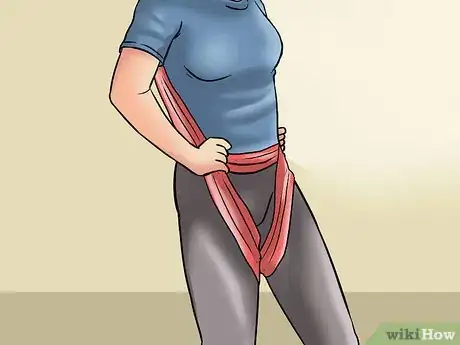
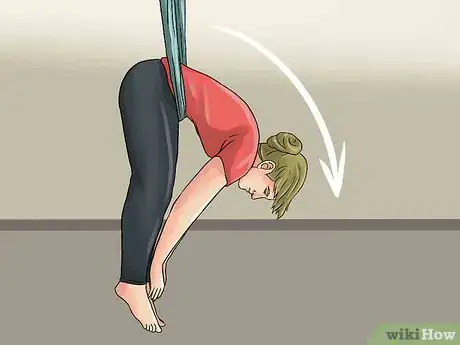
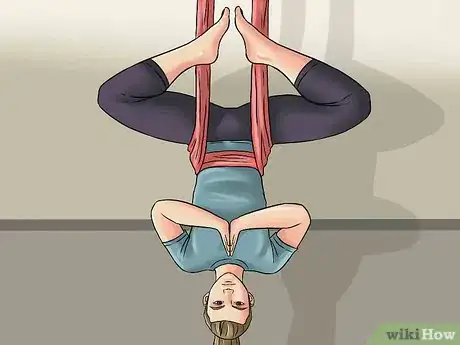
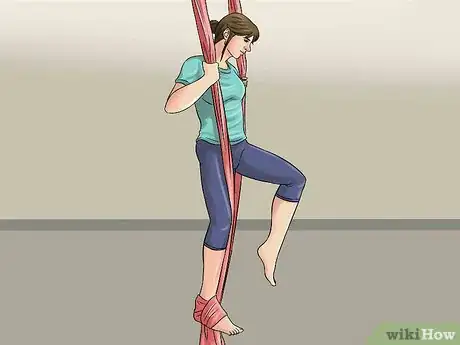
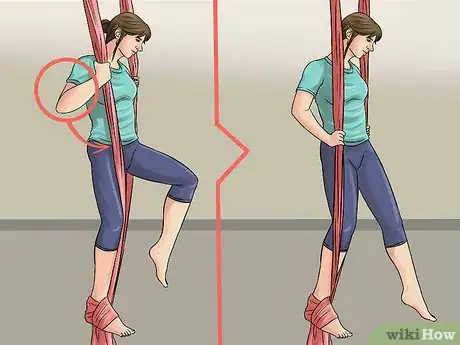
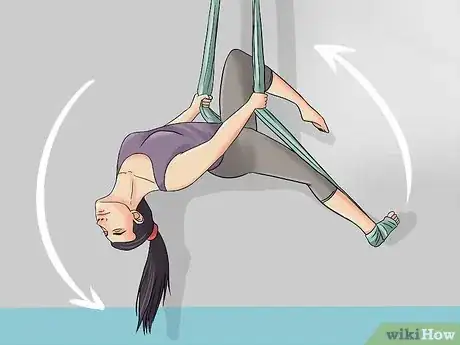
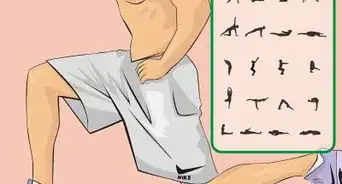




-Step-24.webp)

